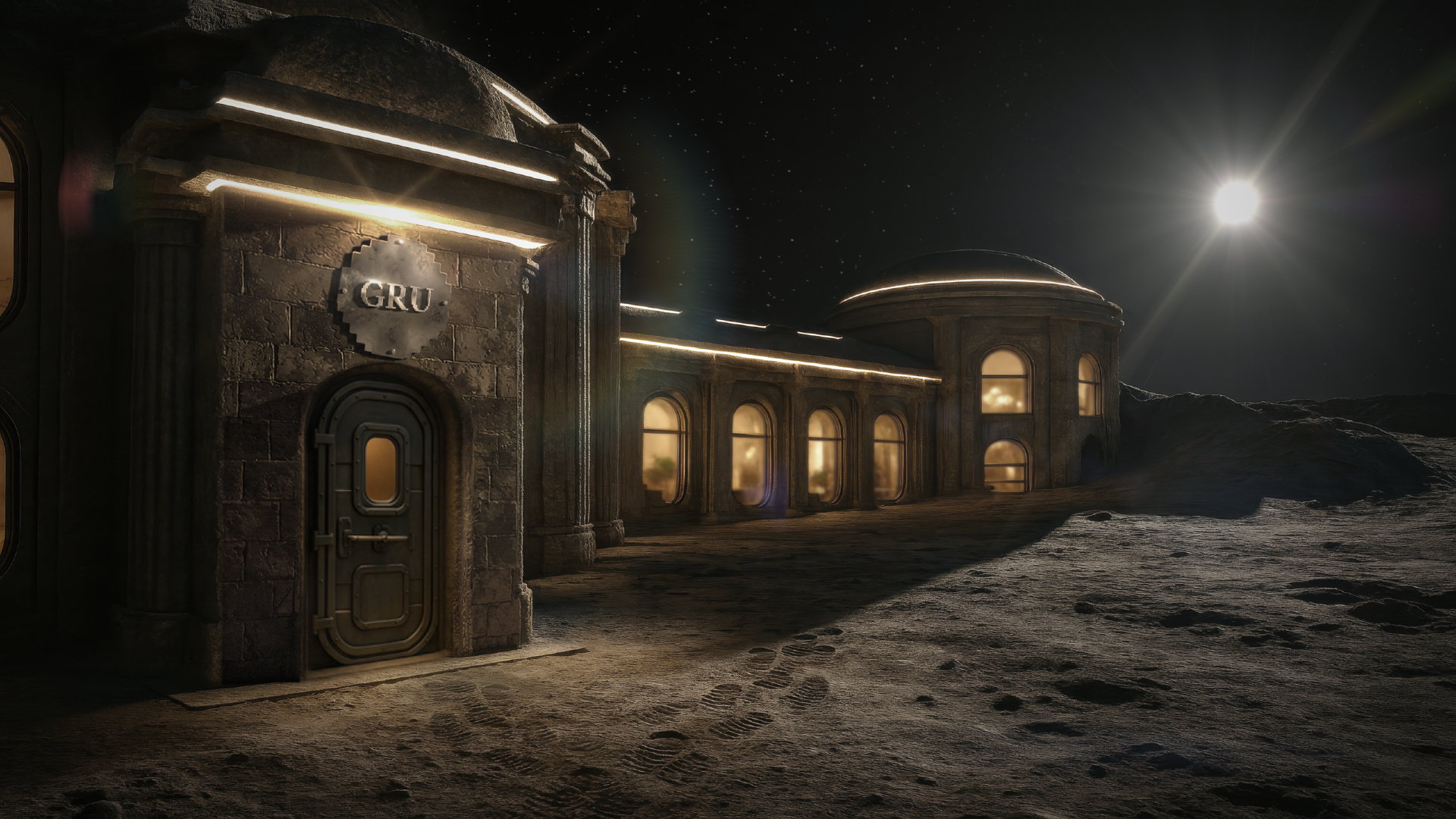Victor Glover: NASA astronaut and SpaceX Crew Dragon pilot
A brief biography of Victor Glover.
Victor J. Glover, Jr. is a NASA astronaut and Naval Aviator.
Glover is set to become the first Black astronaut to embark on a mission to the moon after he was selected to join the Artemis 2 crew as mission pilot alongside commander Reid Wiseman and mission specialists Christina Koch and Jeremy Hansen.
Artemis 2 is the second scheduled flight of the Artemis Program which will see four astronauts fly around the moon before returning to Earth. The launch date is tentatively set for November 2024.
In his first spaceflight mission, Glover served as the pilot on the Crew-1 flight of SpaceX's Crew Dragon capsule, which launched on Nov. 15, 2020. Crew-1 was the first operational commercial crewed mission to the International Space Station and the second such flight overall after SpaceX's Demo-2 test mission, which launched in May 2020.
On Crew-1, Glover became the 15th Black astronaut in space and the first Black astronaut to stay for an extended period on the ISS, where he spent nearly six months in orbit as part of Expedition 64.
Early years
Glover was born in Pomona, California, according to his NASA biography. In 1994, he graduated from Ontario High School in Ontario, California, continuing his education by pursuing an engineering degree at California Polytechnic State University in San Luis Obispo,from which he graduated in 1999.
Earning his "wings of gold" as a commissioned officer in the Navy in 2001, Glover piloted aircraft in the U.S., Italy, Japan and the Middle East. According to NASA, Glover completed 3,000 flight hours in more than 40 different aircraft, as well as over 400 landings on aircraft carriers. He also participated in 24 combat missions.
Breaking space news, the latest updates on rocket launches, skywatching events and more!
Between 2007 and 2010, he earned three master's degrees from three different institutions: a Master of Science in Flight Test Engineering from Air University at Edwards Air Force Base in California; a Master of Science in Systems Engineering at the Naval Postgraduate School in Monterey, California; and a Master of Military Operational Art and Science at Air University in Montgomery, Alabama.
In 2012, Glover was selected for the Legislative Fellowship, a year-long full-time assignment to the office of a member of the U.S. House of Representatives or the Senate. During his time as a Legislative Fellow, Glover was chosen to become a NASA astronaut.
When did Victor Glover become an astronaut?
Glover was selected in 2013 as one of eight members of the 21st NASA astronaut class, from an overall pool of more than 6,100 applicants. He completed Astronaut Candidate Training in 2015.
During the application process, Glover spoke about composing a limerick, which he used to joke about medical procedures that astronauts must undergo for spaceflight. (Sample lines: "This is all dizzying to me / Because I gave so much blood and pee.")
On Nov. 15, 2020, Glover left Earth as pilot and second-in-command of Crew-1, SpaceX’s first contracted, fully operational astronaut mission to the ISS. Upon his arrival at the space station on Nov. 17, 2020, he became the first Black astronaut to stay for an extended mission in orbit.
Related: Victor Glover becomes 1st Black astronaut to arrive at space station for long-term stay
Glover will return to space as the mission pilot for Artemis 2 which is tentatively scheduled to launch in November 2024.
Why shouldn’t astronauts just "stick to space?"

Glover's preparations for Crew-1 in the summer of 2020 coincided with a global pandemic and widespread political protests about racial injustice. At the time, he spoke out on social media about the need to not just "stick to space," Space.com previously reported.
"Remember who is doing space. People are," he wrote on June 6. "As we address extreme weather and pandemic disease, we will understand and overcome racism and bigotry so we can safely and together do space. Thanks for asking."
Glover, a pilot and engineer to the core, followed his initial tweet by comparing social justice to basic physics equations.
"Force = Mass x Acceleration (the people x the movement)," one tweet read. "Work = Force x Displacement / (people x movement x direction&magnitude)," read another.
"If we apply force in every direction, no work gets done, or at least the net sum is zero. We don't have to agree on every detail, but we need to agree on an end state," Glover wrote later in the thread. "Plenty of history and data to help us clarify where to put our energy. … So, let's unify, clarify, and work!"
Additional resources
- Check out this Christian Chronicle interview of Glover where he discusses his faith, coronavirus, space and more.
- Follow Glover on Twitter for photos and updates from space.
- Read more about Glover's partnership with the Smithsonian National Air and Space Museum.

Vicky Stein is a science writer based in California. She has a bachelor's degree in ecology and evolutionary biology from Dartmouth College and a graduate certificate in science writing from the University of California, Santa Cruz (2018). Afterwards, she worked as a news assistant for PBS NewsHour, and now works as a freelancer covering anything from asteroids to zebras. Follow her most recent work (and most recent pictures of nudibranchs) on Twitter.


